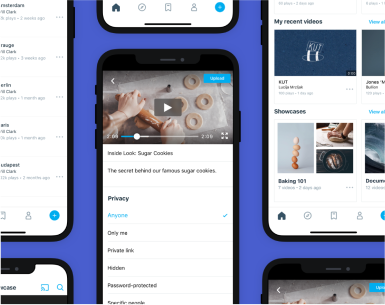Introduction
ConsumerAffairs is a Tulsa-based platform offering resources to help consumers make informed buying decisions. As the company grew from 15 to nearly 200 employees, it faced increasing challenges in streamlining and scaling its QA processes to keep up with the expanding product offerings. To address these challenges, ConsumerAffairs adopted BrowserStack’s automated testing solution, enabling the QA team to run tests across multiple browsers and identify bugs more efficiently, leading to faster, higher-quality releases.
Equip the QA team with cutting-edge tools
Needed to build and train a QA team and equip them with the proper tools to succeed.
When Ron Timoshenko joined ConsumerAffairs as a Front End Engineer five years ago, the Tulsa-based team was just 15 people. Today, they’re approaching 200.
Offering a full package of resources to help consumers and companies make better buying decisions, ConsumerAffairs is a far cry away from where they began in 1998. Today, they have evolved from a simple review site into a full-blown marketplace, media property, and software as a service platform.
That kind of dramatic growth brings new challenges. Shortly after hiring Timoshenko, ConsumerAffairs was in need of a product or project manager who could orient the team around the complete package they were now delivering.
Timoshenko was promoted to the company’s first product manager role. After squaring the team, he then returned to his engineering role where he was tasked with organizing and streamlining the engineering team.
“We needed to quickly establish a QA team. Our engineers were not really properly testing code,” says Timoshenko. “Engineers want to solve problems. They don’t really want to test 100 variations of that problem.”
With a limited initial budget, Timoshenko was forced to get by as cost-effectively as possible. Initially, he partnered with a company that allowed his team to write generic, loosely defined test cases for real human beings to run through. Essentially, the team was crowdsourcing their QA. And it was an approach that worked…for a while.
“Every time we would run these crowdsourced QA tasks, a large percentage of them would come back with false positives. While it served some of the needs we had at the time, it wasn’t a perfect solution,” says Timoshenko. “We wanted to run a lot of automated tests and parallels across different parts of the code base. We still couldn’t do that.”
Based on his vision of the team’s future, Timoshenko decided to develop and train an in-house QA team. To do so, he needed tools and applications that could support the team and its goal of automated parallel testing.





